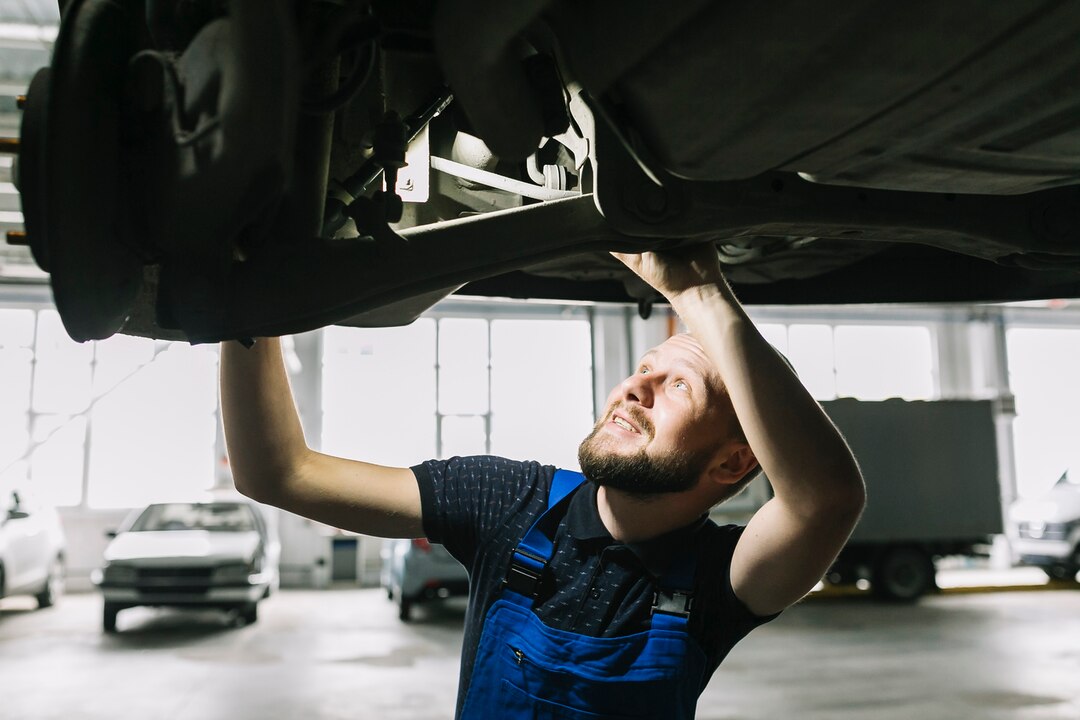Replacing car control arms is a critical maintenance task that ensures the proper functioning of your vehicle’s suspension system. In South Africa, this process involves several steps and considerations, including the time required, cost estimate, and procedure. Let’s explore the process of replacing car control arms in South Africa, along with an estimate of the time it takes and the reasonable cost involved.
Understanding Car Control Arms:
Control arms, also known as A-arms or wishbones, are crucial components of a vehicle’s suspension system. They connect the steering knuckle to the vehicle’s frame or body and play a vital role in controlling the motion of the wheels, maintaining stability, and allowing for smooth handling.
Process of Replacing Car Control Arms:
- Assessment and Diagnosis:
Before replacing control arms, it’s essential to diagnose any issues with the vehicle’s suspension system. This may involve symptoms such as clunking or rattling noises, uneven tire wear, or poor steering response. - Lift and Secure Vehicle:
The vehicle is lifted using a hydraulic jack or car lift to provide access to the suspension components. It is crucial to secure the vehicle safely to prevent accidents during the repair process. - Removal of Wheels:
The wheels are removed to access the suspension components, including the control arms, ball joints, and bushings. This step allows for easier inspection and replacement of the worn or damaged parts. - Replacement of Control Arms:
The old or damaged control arms are carefully removed from the suspension assembly. Depending on the vehicle’s design, this may involve disconnecting other components such as the tie rods or sway bar links. - Installation of New Control Arms:
New replacement control arms, chosen based on the vehicle’s make and model, are installed in place of the old ones. It’s essential to ensure proper alignment and positioning to maintain the vehicle’s suspension geometry. - Reassembly of Suspension Components:
Once the new control arms are in place, the suspension components, including the tie rods, sway bar links, and ball joints, are reassembled. This step may require tightening bolts to specified torque settings and replacing any worn or damaged hardware. - Wheel Alignment and Testing:
After the suspension components are reassembled, a wheel alignment may be necessary to ensure proper tire wear and handling. The vehicle is then tested to verify that the suspension system functions correctly and that there are no unusual noises or vibrations. - Final Inspection and Adjustment:
A final inspection is conducted to confirm that the replacement control arms are installed correctly and that the suspension system operates as intended. Any necessary adjustments are made to ensure optimal performance and safety.
Time Required:
The time required to replace car control arms in South Africa can vary depending on factors such as the vehicle’s make and model, the condition of the suspension components, and the expertise of the technician performing the work. On average, the process may take anywhere from 2 to 5 hours to complete.
Cost Estimate:
The cost of replacing car control arms in South Africa can also vary depending on factors such as the vehicle’s make and model, the quality of the replacement parts, and the labor rates charged by the service provider. As a rough estimate, the cost of replacing car control arms may range from R2000 to R6000 per arm, including parts and labor. However, it’s essential to obtain a detailed quote from a reputable automotive service center to get an accurate cost estimate based on your specific vehicle and requirements.
Replacing car control arms in South Africa involves a systematic process that requires careful assessment, removal, and installation of suspension components. While the time and cost involved can vary, investing in quality replacement control arms and professional installation can ensure optimal performance and safety for your vehicle on the road.











